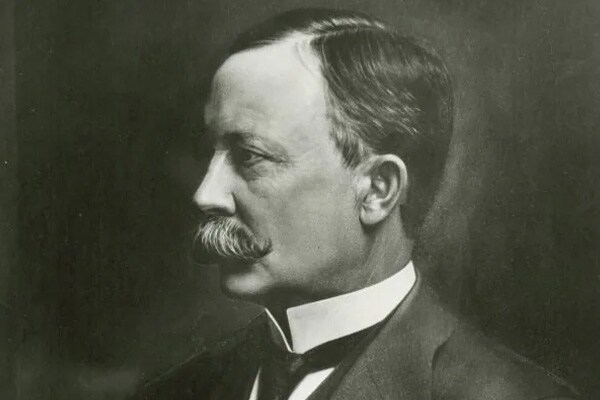This Month in History: 1904 World's Fair
August 1, 1903: Construction begins on great floral clock for 1904 World's Fair
The August 1, 1903, edition of the New York Evening Post reported that work had begun on the mammoth floral clock designed by Johnson Service Company's (Johnson Controls' former name) founder and president Warren Johnson for the St. Louis World's Fair the following year.
The company had been engaged in the design and installation of clocks for building towers since 1895, including the two largest clocks in the world up to that time: the Minneapolis Court House and City Hall clock (built in 1895), with dials 23 feet, 4 inches in diameter, and the Philadelphia City Hall clock (built in 1898), with dials 25 feet in diameter (by contrast, London's "Big Ben," the previous record holder, had clock dials that were "only" 22 feet, 6 inches in diameter).
Situated on a hillside to the north of the Fair's Agricultural Palace, the floral clock's dial had a diameter of 112 feet - dwarfing even the company's own tower clocks. The clock's hands, 50 feet and 74 feet in length respectively, could be read easily from a half-mile away. At night, the clock was illuminated with 1,000 incandescent lights embedded in the flowers.
The clock's hands, 50 feet and 74 feet in length respectively, could be read easily from a half-mile away.
As with all of the company's tower clocks, the floral clock was driven pneumatically using the same principles used to power the company's automatic temperature regulation systems. The mechanisms which ran the floral clock, including an astronomical master clock which controlled the main clock, were housed in three small pavilions at the top of the hill. 13,000 flowering plants filled up the clock's face, including twelve distinct species selected to bloom at twelve separate times a day to help mark the hours.
At the end of the Fair's run, the Fair's International Jury of Awards conferred a Grand Prize with Special Mention upon the Johnson Service Company for its creation of the floral clock. After Warren Johnson's death in 1911, the company began focusing its efforts on its temperature control business exclusively, resulting in the sale of the clock business to Hahl Clock Co. of Chicago in 1912.
Related Items
This Month in History: July 1977
On July 22, 1977, the first barrel of oil from Alaska's Prudhoe Bay completed its 800-mile journey through the Trans-Alaska Pipeline to the Valdez Marine Terminal.
This Month in History: June 1900
On June 25, 1900, August H. Vogel, Amos A. L. Smith, and company founder Warren S. Johnson signed the Johnson Electric Service Company's (as Johnson Controls was then known) Articles of Association.
This Month in History: May 1939
The May 16, 1939 edition of The Milwaukee Sentinel reported on the Johnson Service Company's (Johnson Controls' former name) controls contract for the new National Gallery of Art under construction in Washington, D. C.
History
In 1885, long before anyone talked about carbon footprints or climate change, Warren Johnson launched a company to explore new ways to harness and conserve precious energy resources.

























.jpg?la=en&h=320&w=720&hash=244C75B74F0F77521D56164450973BCD)





























.png)













